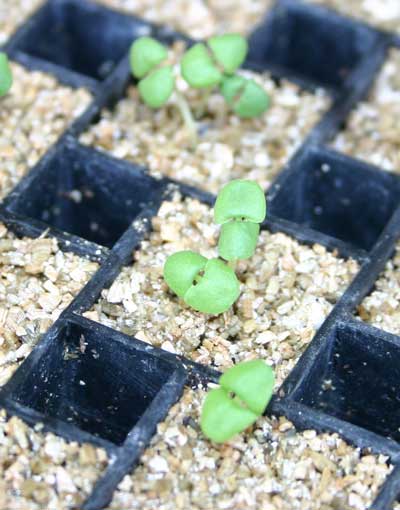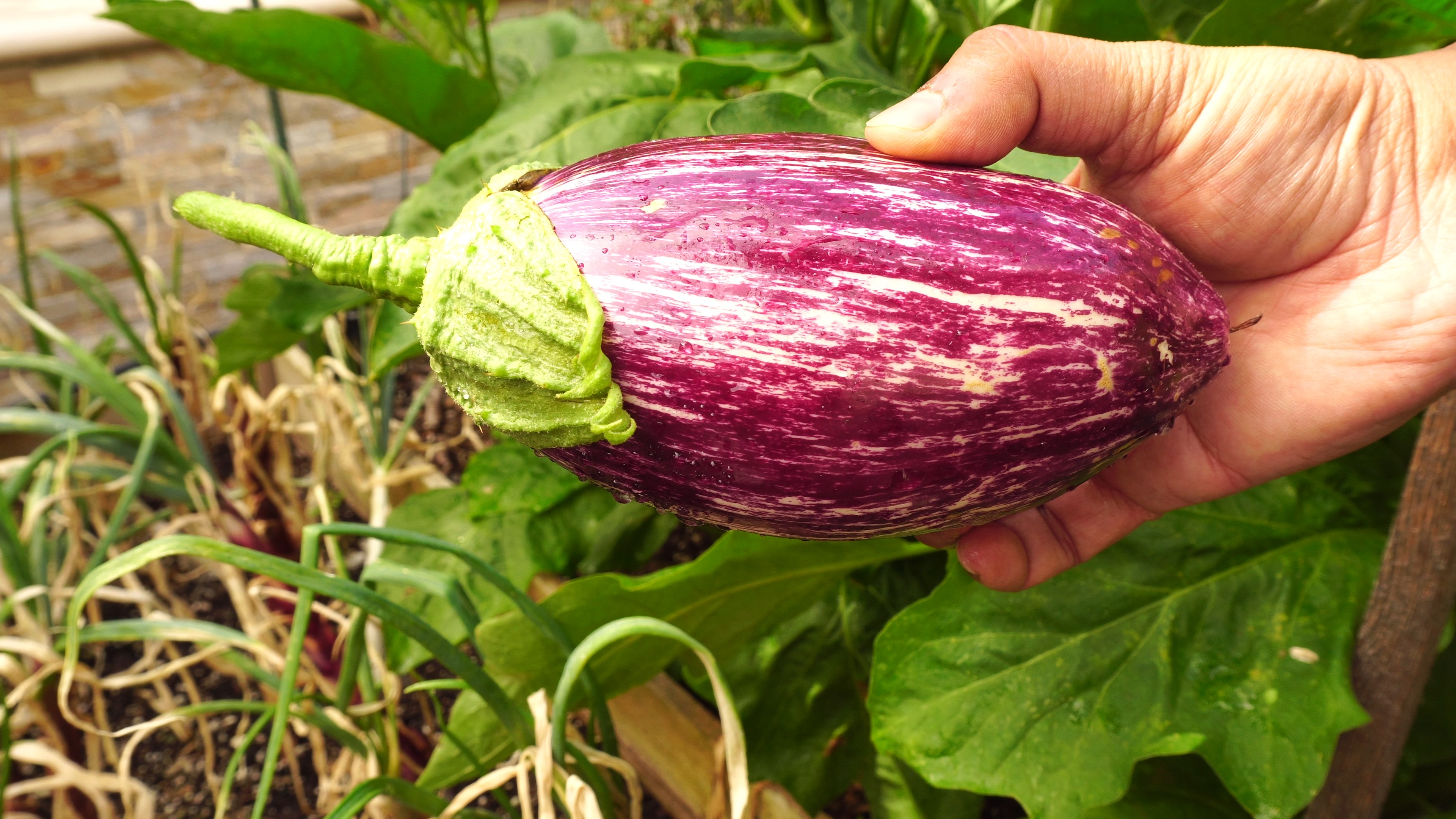

Prepare yourĮggplant bed in a hot spot with good drainage,Īdding lots of compost and/or well-rotted manure. Use richer-thanaverageĮggplants need 8 to 10 weeks to achieve sufficient

Weeks after emergence (or when 2" tall), replant Ventilation: bottom heat hastens germination. To speed germination, soak the seed in warm waterįor an hour, then sow sparingly in flats or pots in This Nightshade family member just loves the heat! We love it in ratatouille, moussaka and vegetable roasts as well as our 3-Cheese Eggplant Parmesan, Aubergine Lemon Chicken, Eggplants Baked with Gingered Red Pepper Puree and Chico Hot Springs Resort's Vegetable Tower. One of the most widely used vegetables in global cuisines, Eggplant is low in fat and carbohydrates.
#Eggplant transplants skin
Harvest when the skin is thin and shiny, using a sharp blade. Eggplant is a heavy feeder and should be grown in organically rich soil. Use lightweight floating row covers to keep them extra warm and cozy if necessary. Sow 8 to 10 weeks before setting out, after all threat of frost has passed and nighttime temperatures are reliably above 55☏. To speed germination, soak seeds in warm water for one hour before sowing. Tropical, heat-loving Eggplant is best grown as transplants. A member of the Nightshade family of the species Solanum melongena, it is also commonly known as Aubergine.
#Eggplant transplants how to
Now that you know a little more about how to avoid transplant shock and how to hopefully cure plant transplant shock, you know with a little plant preparation, preventing shock should be an easier task.Eggplant has been cultivated in southeastern Asia since time immemorial. Give it some time and care for it as you normally would and it may come back on its own. Wait patiently – Sometimes a plant just needs a few days to recover from transplant shock. Keep roots moist – Keep the soil well-watered, but make sure that the plant has good drainage and is not in standing water. If it is a plant with a main stem, cut off half of each leaf. In annuals, if the plant is a bush type, trim back one-third of the plant. In perennials, trim back about one-third of the plant. Trim back the plant – Trimming back the plant allows the plant to focus on regrowing its roots. It only helps with some plants but, as this will not harm the plant, it is worth a try. It can also be used as a transplant shock preventer if applied at the time of transplanting. While there is no sure-fire way to cure plant transplant shock, there are things you can do to minimize the transplant shock in plants.Īdd some sugar – Believe it or not, studies have shown that a weak sugar and water solution made with plain sugar from the grocery store given to a plant after transplanting can help recovery time for transplant shock in plants. If the rootball dries out at all, the roots in the dry area will get damaged. This is a good way to avoid transplant shock and will help the plant settle into its new location.Īlways make sure the rootball stays moist when transplanting – For this transplant shock preventer, when moving the plant make sure that the rootball stays moist in-between locations. Water thoroughly after transplanting – An important transplant shock preventer is to make sure that your plant receives plenty of water after you move it.

The more roots that come with the plant, the less likely transplant shock in plants will set in. Do not shake the dirt off, bump the rootball, or rough up the roots.īring as much of the roots as possible – Along the same lines as the tip above for plant preparation, preventing shock means when digging up the plant, make sure as much of the root as possible is brought up with the plant. How to Avoid Transplant Shockĭisturb the roots as little as possible – Unless the plant is root bound, you should do as little as possible to the rootball when moving the plant from one location to the next. But, there are a few things to know about how to avoid transplant shock and cure plant transplant shock after it has occurred. Let’s face it, plants were not designed to be moved from place to place, and when we humans do this to them, it is bound to cause some problems. Transplant shock in plants is almost unavoidable.


 0 kommentar(er)
0 kommentar(er)
